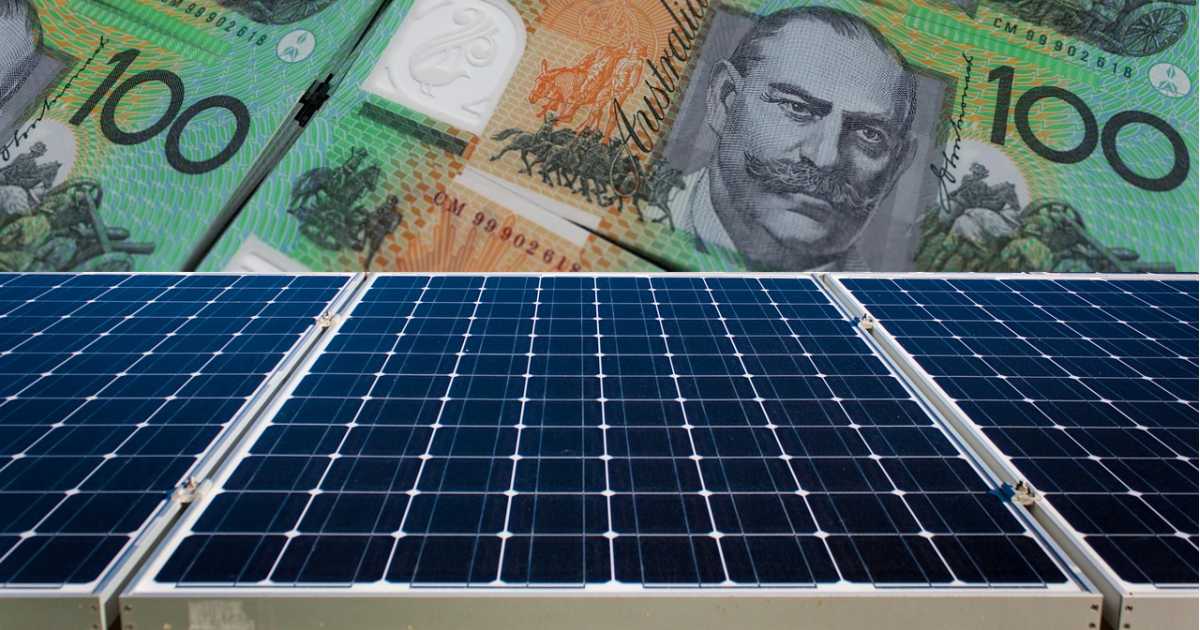
Victoria’s Essential Services Commission wants to compel electricity retailers to offer both a single rate and time-varying solar feed in tariff – and set lower minimum rates for both.
It’s that time of the year again when the ESC is getting ready to set minimum VIC feed-in tariff rates for the next financial year. Yesterday, it published its draft decision for 2020/21.
But before we get to the figures..
Mandatory Time Varying Feed-In Tariff Option
As the name suggests, a time-varying feed-in tariff pays a different rate depending on what time of the day solar electricity is exported to the mains grid. For the last couple of years, the ESC has given electricity retailers the option of offering this – and very few have chosen to do so. If the ESC has its way, that will change next year.
“Our draft decision now gives customers, irrespective of which retailer they are contracted to, the ability to choose which minimum feed-in tariff best suits their circumstances,” states the Commission.
Commission chairperson Kate Symons said with a 46 per cent jump solar installations due to the effect of Victoria’s solar rebate and what she referred to as a “rapid” uptake of batteries, a scheme is needed that supports customer choice.
Proposed 2020/21 Feed-In Tariff Rates
The following shows where minimum rates have been, where they are now and where they may be going next year for the single rate feed in tariff. The single rate option applies to all electricity exports and is the one the vast majority of Victorian solar households receive:
- 2018/19 – 9.9c
- 2019/20 – 12c
- 2020/21 – 10c (proposed)
So, a drop of around 17% on the current rate during the next financial year. This won’t make home solar power systems suddenly not worth installing – it will remain quite the opposite; but it will make self-consumption of solar energy generated even more desirable.
As for the time varying feed-in tariff:
| Period | Weekday | Weekend | 2018/19 c/kWh |
2019/20 c/kWh |
2020/21 c/kWh (prop.) |
| Off peak | 10pm-7am | 10pm-7am | 7.1c | 9.9c | 9.0c |
| Shoulder | 7am- 3pm 9pm-10pm |
7am-10pm | 10.3c | 11.6c | 9.7c |
| Peak | 3pm-9pm | n/a | 29.0c | 14.6c | 12.3c |
While the proposed rate drop for both single rate and time-varying isn’t great news, it’s important to note these are the minimum rates – electricity retailers compete for business and some may offer more.
As always, it’s not the highest feed in tariff that necessarily represents the overall best electricity deal for solar power system owners – so compare usage rates, service charges and the fine print of any arrangement.
These rates are not yet set in stone. The Commission uses the futures market approach to forecast wholesale electricity prices, which form part of its decision on FiT rates – and these rates may change between the draft and final decision.
The full draft decision, including the methodology used to arrive at the rates can be viewed here.

 RSS - Posts
RSS - Posts



What idiot thinks that a time varying (10pm-7am) off peak rate of 9c/kWh is actually going to generate any income for a small scale PV array? (or anyone for that matter)…
Maybe the ESC thinks that the moon gives us enough light to generate power?
What a joke.
They want you to buy a battery and store it until peak time… then send it to the grid, when it is more needed.